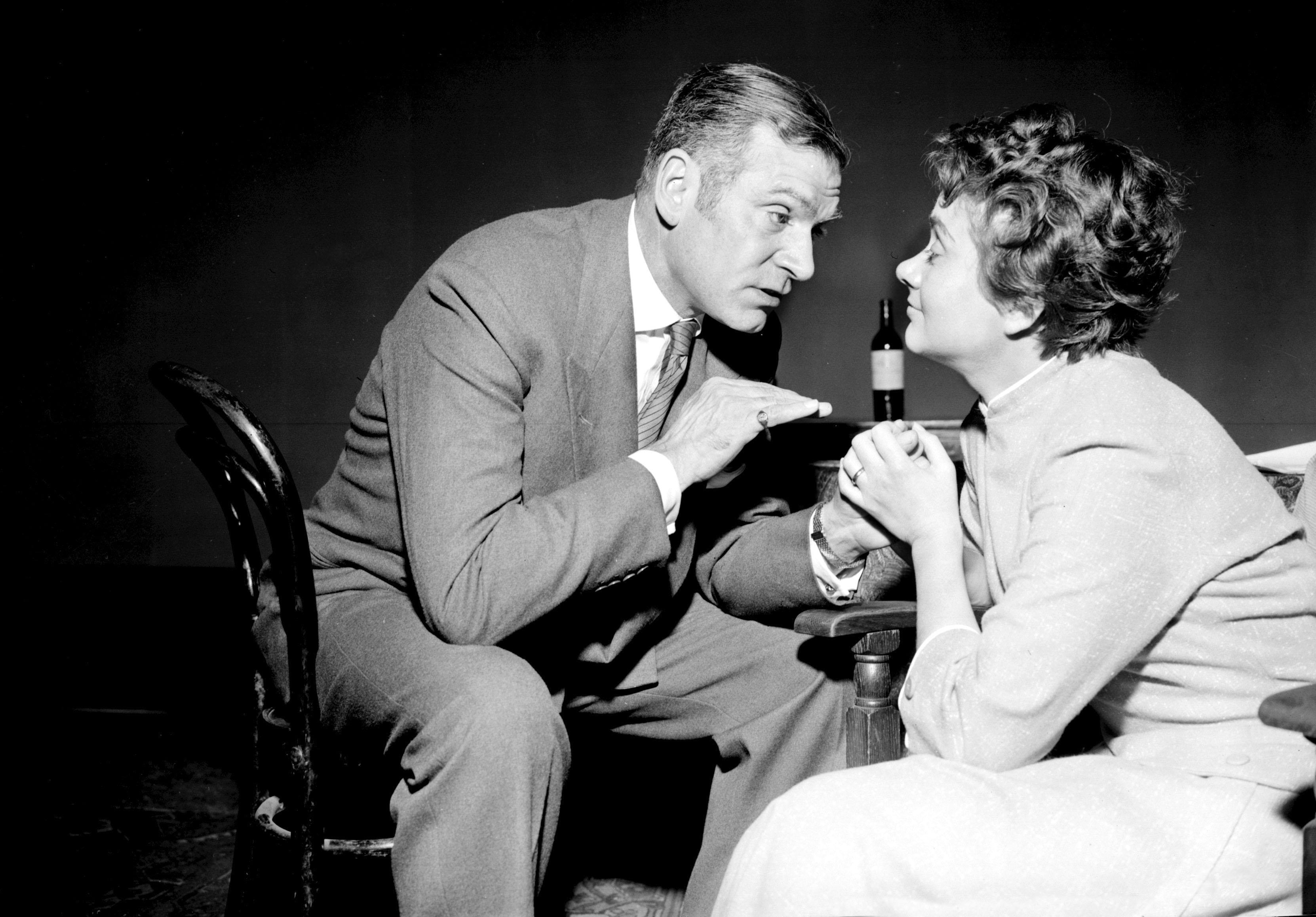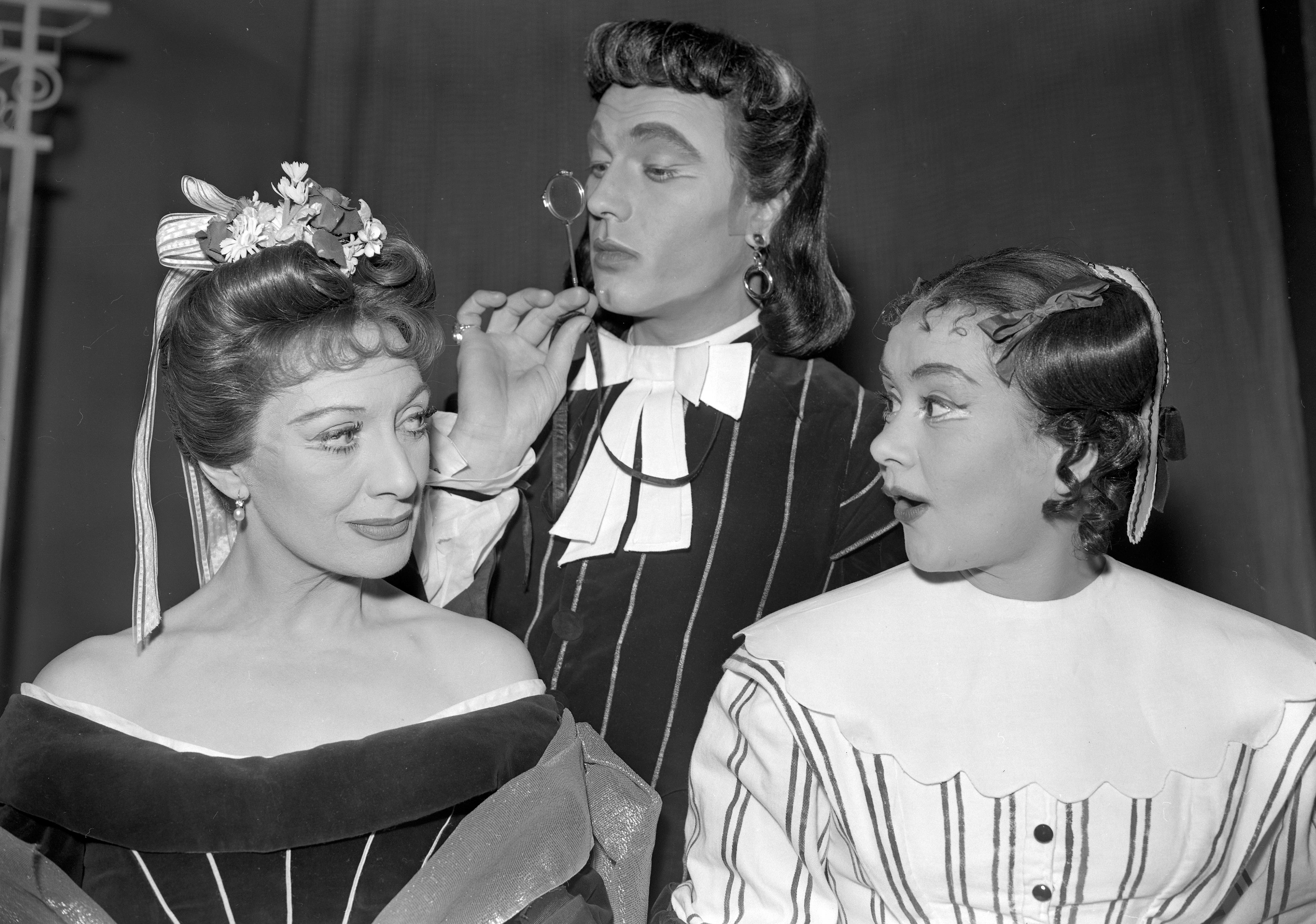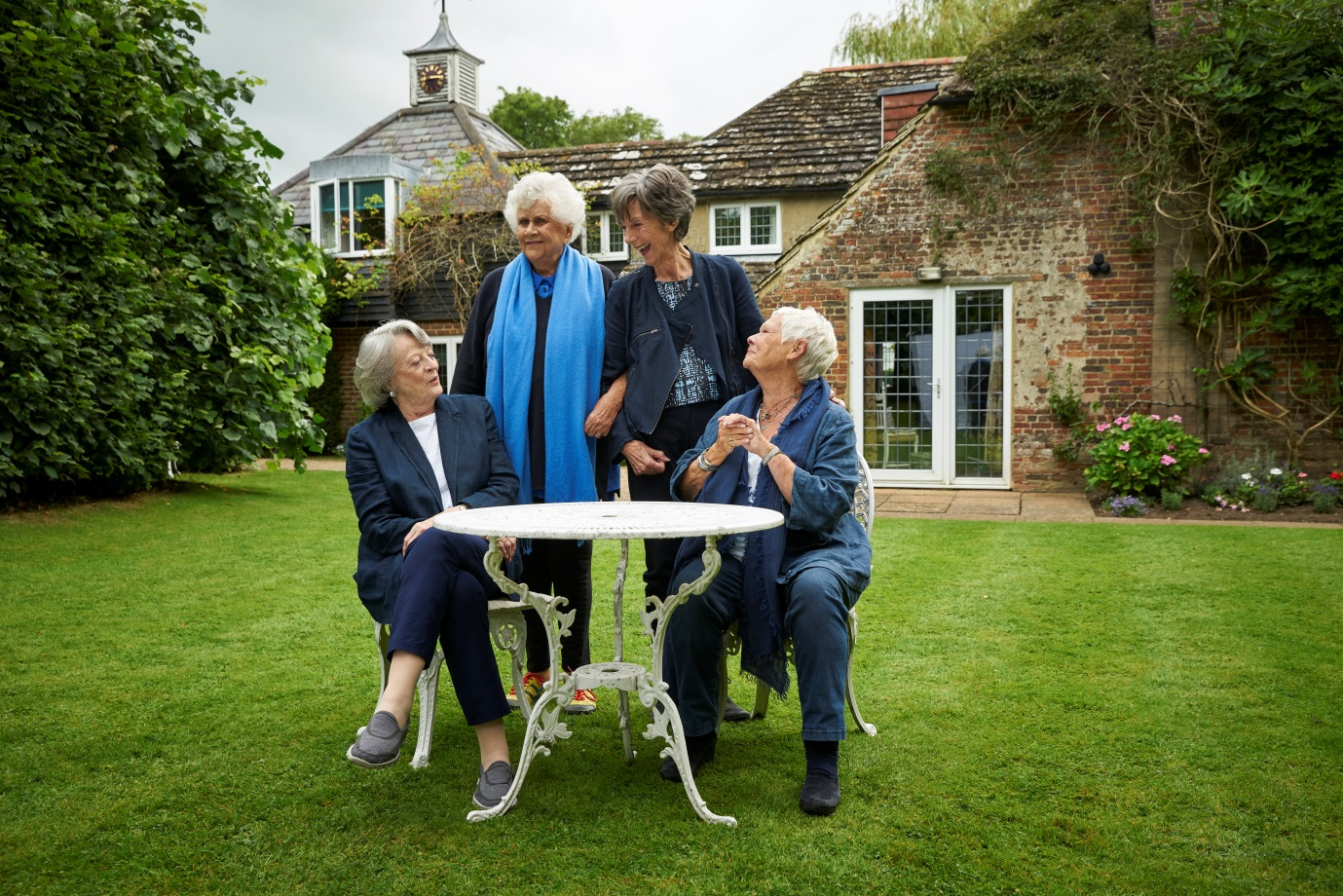Dame Joan Plowright, whose already glittering stage career reached even greater heights after the death of her husband, Laurence Olivier, was one of the greatest actresses of her generation.
Her marriage in 1961 to the then Sir Laurence (later Lord Olivier) after they had co-starred in John Osborne’s hit play The Entertainer, was the showbusiness sensation of the year.
Throughout their marriage, until his death in 1989, after a long series of painful illnesses, Olivier implored his wife to “internationalise” her career.
,” he told her.
was crying out for her. Such was her success that, relatively late in her career, she won the annual Crystal Award, and two Golden Globes.

would have been so thrilled by all the fuss the Americans are making of me.”
In her earlier career in the West End and on Broadway she had starred in many classics, including Shakespearean productions.
In the later stages of her career she played imposing matriarchal figures in many television dramas.
, Lincolnshire, on October 28, 1929. Her father was editor of the Scunthorpe and Frodingham Gazette.
She was educated at Scunthorpe Grammar School, the Laban Art of Movement Studio and the Old Vic Theatre School, where she had won a scholarship at the age of 17.
As a child she wrote a fan letter to Laurence Olivier, after being enthralled by his title performance in the film of Henry V. She was astonished that he actually replied, neither of them knowing what the future held for them.
I've got so many names - Dame Olivier and Lady Plowright. I just say call me Joan
Her first stage appearance was in If Four Walls Told, at the Croydon Repertory Theatre in 1948. Soon she broke into the “angry young man” movement of the 1950s.
In that decade she played many leading roles and took part in an Old Vic tour of South Africa. She was asked by George Devine to join him in his mould-breaking English Theatre Company at the Royal Court.
In 1957 she first met Olivier. He had come to discuss with her Osborne’s new play The Entertainer, in which she was to be signed up to play his stage daughter.
Olivier was 53 at the time and married to Vivien Leigh. Joan was 28 and married to an actor, Roger Gage, who at that time was touring Finland.
Their affair began in 1960 when they were both playing in The Entertainer. They planned a separation for a year, but they were apart for only three months.
The ensuing love affair took three years and what was described as “a rocky time” in the divorce courts to resolve.
It was a nightmare of exposure, but it hardened her already tough northern will, and she survived.
Theirs was a working marriage, although it had its tempestuous moments. She said: “There’s a terrific bond to being in the same business. It’s hard in one way, but it does mean you understand.”

At that stage in her career she had three children and helped with her husband’s running of the National Theatre, during a difficult period of internecine plotting and power games involving many of those who ran it.
But, unlike many of her contemporaries, she was able to keep working to a certain degree while her three children were small.
“By the time I married Larry my name was over the title of the play. I’d won my awards. I could choose the scripts, the climb was over. Only then was I ready to have babies.”
These awards included the Society of West End Theatre Award, the Best Actress Evening Standard Award, the Best Actress Tony Award and the Variety Club of Great Britain Award.
During the last 15 years of his life she nursed Lord Olivier through a series of chronic illnesses, from cancer and pneumonia to appendicitis, and the wasting disease myositis.
It was after his death that the Hollywood success story began.
Recognition came in the films Avalon (1990) and Enchanted April (1991) a British comedy, which led to her being awarded America’s Golden Globe for her part as a waspish widow.
It's been worth it. It's always been a hard slog
Then came Dennis The Menace, in 1993, in which she co-starred with Walter Matthau, and her role as the nanny in Walt Disney’s remake of the classic 101 Dalmatians.
Macular degeneration, a condition which typically occurs in older people, caused her vision to decline steadily during the late 2000s, forcing her to turn down big films.
Her last role was a cameo in the 2009 British thriller Knife Edge.
In 2013 she attended an event celebrating the National Theatre’s 50th anniversary.
“I remember what the day was like when it was about to open, the nerves and apprehension,” she said. “It’s had quite a history, I would say more triumphs then disasters.”
, Maggie Smith and Eileen Atkins appeared together in a one-off documentary in 2018, called Nothing Like A Dame, in which the old friends reminisced about their careers while spending a weekend together at the retreat she once shared with Olivier.

Teasing her friend, she said an agent once warned her about seven-time Oscar nominee Dame Judi snaffling all the top roles.
She said the American agent told her: “You might just get a cameo, provided Judi Dench had not got her paws on it before.”
She became a dame in 2004, but admitted she was struggling to get used to her new title.
“It’s a bit confusing,” she said. “I’ve got so many names – Dame Olivier and Lady Plowright. I just say call me Joan.”
Looking back on her success, she said: “It’s been worth it. It’s always been a hard slog. People are usually not aware of this.
“They’re only aware of what seems to be the glamorous side, not the hard work that goes into it.”
Of her late husband she said: “He’d be delighted, absolutely delighted.”
It was her versatility, her humour, and the unfailing help and advice she gave to young, aspiring actors which made Dame Joan not merely one of the outstanding actresses of her age, but also one of the most beloved figures of the theatre world.
.


Post a Comment
0Comments